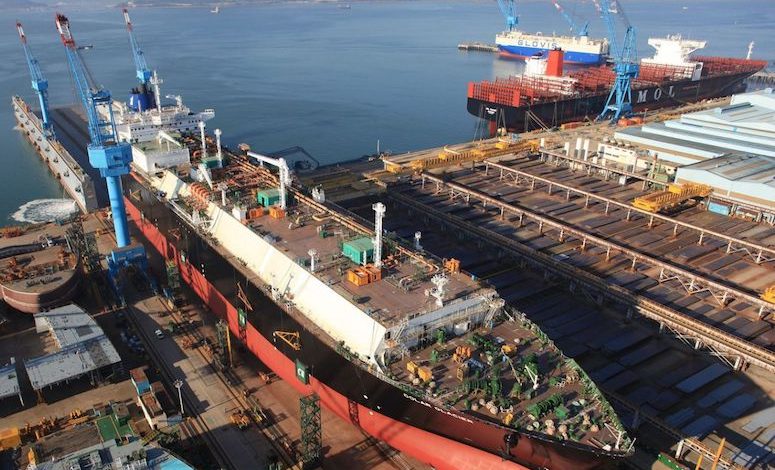Ship design simulation breakthrough gives owners unprecedented carbon footprint details

Shipowners will soon have a far better idea of their newbuild’s carbon footprint at the design stage thanks to a pioneering project from class society ABS and Korean shipbuilding major, Hyundai Heavy Industries (HHI).
The pair have completed a joint development project (JDP) to build multi-physics simulations capable of analysing the carbon-footprint of vessels in the design stage.
The simulations allow in-depth evaluation of the impact of a range of energy saving options, offering a detailed preview of a vessel’s performance before key investment decisions are made.
Modelling gives unprecedented insight into multiple decarbonisation strategies on a vessel’s performance at an early stage
“The modelling and simulation techniques that ABS and HHI are pioneering allow owners, designers and shipyards unprecedented insight into the impact of multiple decarbonisation strategies on a vessel’s performance at the earliest possible stage. This approach unlocks benefits in operational efficiency, safety and investment decision making,” said Patrick Ryan, a senior vice president at ABS.
Jaeeul Kim, HHI’s chief technology officer, commented: “This joint project will give us more options to review alternative technologies at an early design stage.”
The simulations connect to a broad range of inputs from many model types such as computational fluid dynamics models, wave resistance models, and data-validated engine performance models. A multi-physics model unlocks the ability to evaluate the performance impact from the design options and the operational measures.
Examples of technologies that can be evaluated in the modelling process include air lubrication systems, energy-saving devices, voyage speed profiles, and engine fuel options. The simulations can also reflect the impact of inputs from a range of data sources and optimisation tools allowing comprehensive analysis of the trade-off between different vessel configurations.
“Developing a detailed understanding of the impact of your chosen decarbonisation pathway on a vessel during the concept design phase is a major step forward in helping owners navigate the complexity of building a fleet capable of meeting IMO sustainability objectives,” said Georgios Plevrakis, ABS’s director of global sustainability.

The above has been done since shipdesign was borne, evaluating different alternatives and combinations to drive the best compromise solution. Where the compromise is needed due to the fact that there are conflicting requirements and constraints.
And the beauty of it is that 99% of it can be done without a a model “of everything” but with small, simple, independent partial models.